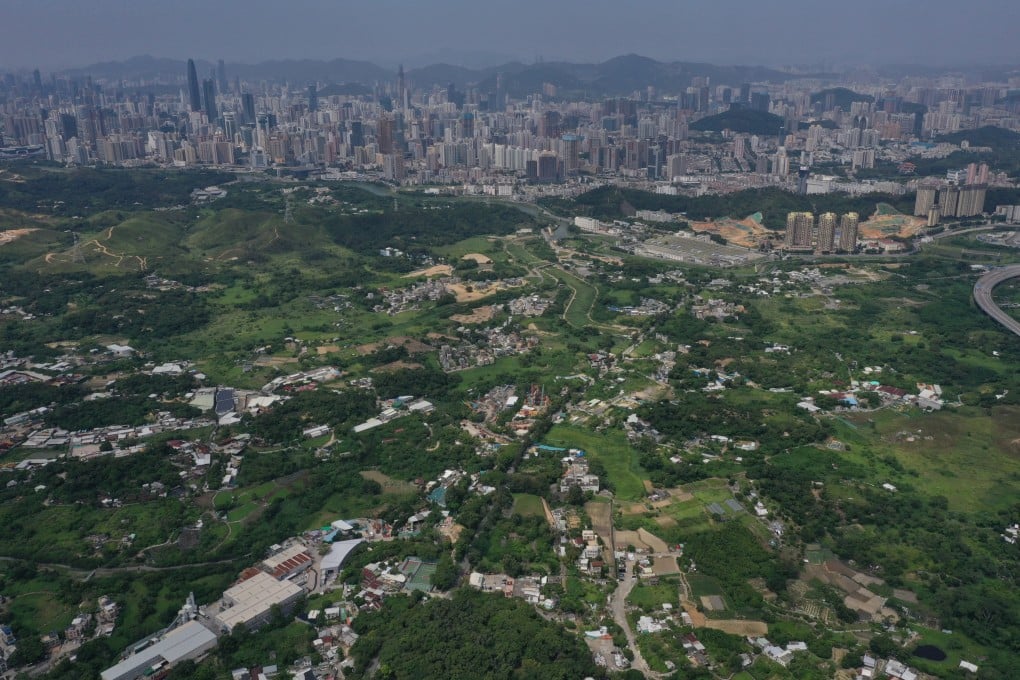Hong Kong developers’ rural land conversion in New Territories gathers pace, push for lower land premium due to softening market expected
- Sun Hung Kai Properties pays HK$268 million (US$34 million) to convert farmland in Yuen Long into a residential project
- Developers with large holdings in the northern New Territories are likely to negotiate for a lower land premium, analysts say

Hong Kong developers are speeding up the conversion of farmland in the northern New Territories for residential use, with industry observers pointing out that companies are likely to push for lower land premiums due to the softening housing market.
Seven land-premium transactions, including that of SHKP, totalling HK$3.3 billion have taken place in Yuen Long, Lands Department records show. The seven plots will provide a total gross floor area of 890,000 square feet.
Land premium is the fee that developers pay the government when a modification or change in land use results in a higher land value.
While there is no fixed fee charged for the land conversion premium, the government arrives at the value by taking into account recent transaction prices in both the housing market as well as the land sales market.
